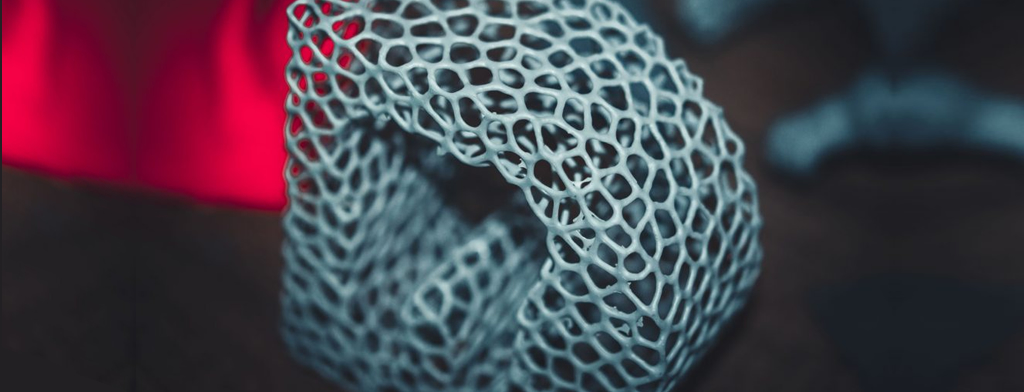
Classical Design for Manufacturing and assembly has been the traditional established practice for conventional engineering. However, in the coming year, Additive Manufacturing (AM), has been a New benchmark to the bar of engineering and is gaining commercial traction. The industries such as aerospace, automotive, medicine, energy, bionics, and general engineering are achieving the potential, innovation, financial benefits, and efficiency of technology.
AM is a cutting-edge technology that builds 3D objects by adding piles of layers material. The products vary from concrete, steel, aluminium, titanium, to plastic. AM includes inception technology incript such as 3D printing, Rapid Prototyping (RP), Direct Digital Manufacturing (DDM), Layered Manufacturing, and Additive Fabrication.
The latest trends in the implementation of AM can be divided into broad areas, such as Technology, Materials and Applications.
The simplicity the technology brings to the manufacturing process is enormous. It enables making structure in material with precision and cost effectiveness. Complementing the classic DFAM, looks not only at the skeletal function of a part and its typical assembly techniques, but also produce complex parts, previously too complicated with AM industrial equipment/materials that raises productivity on all fronts. This is the key area, many industries are innovating and investing in metal manufacturing as a core material of their new product development.
3D printing emerged in the market in 1980s, it gained popularity in market after 2010. The price of 3D printers continued to decline, the demand for the technology began to rise. Manufacturers began leveraging 3D printing in many ways – from repairing of machine parts quickly to dealing with inventory shortages. The broad industrialization of AM is more relevant than ever now. DfAM is a paradigm shift today in the manner manufacturing is and will be conducted going forward.
In India, the automotive industry was the first to identify and invest in 3d printing technologies. For instance, Rapid prototyping allowed designers to shorten the time taken to prototype from months to weeks and days. The machine design with AM technology became easier with complex geometries. The cost reduction allows concept models for functional prototyping, giving an edge to manufacturers.
The aeronautics and aerospace industry pushed the boundary of geometric design complexity, AM benefits this industry tremendously and is transforming. The technology has already made advancement in the production of engine, turbine parts and cabin interior components. In general, it allows easy creation of complex geometries with reduced weight and better design structure. This technology also fosters innovation in a highly regulated industry.
The AM applications have taken a tremendous curve in various industries in India, such as: retail, textile, and fashion, and robotics use of parts from ‘Rapid Prototyping’ to ‘Functional’.
The energy space for, manufacturers are already offering cost effective and customized controllers using AM technology for monitoring power plants. 3D printing has been driving a new phase in digital dentistry, bringing reliability, high quality, and ease of technology at a fraction of the cost.
Despite the progress, there are some major challenges that still need to be addressed for widespread adoption of DFAM. These include financial considerations, scarcity of existing material, certification, repeatability and rapid software advancements among others to keep up with the demand momentum.
To help industries accelerate their manufacturing processes, Intech introduced a predictive software for parameter optimization for Selective Laser Melting recently, introduced in the Indian market called AMOPTOMET. This software is designed to assist in the prediction of parameters for powder bed systems which reduces extensive research and development to establish feasible parameters for 3D printing.
In conclusion
The vital part of companies that offer AM is to ensure high level quality and reliability of finished products. Companies that offer AM services need to rethink the manufacturing processes at multiple levels as it can supplement or replace existing processes and be used to improve upon shortcomings in others.